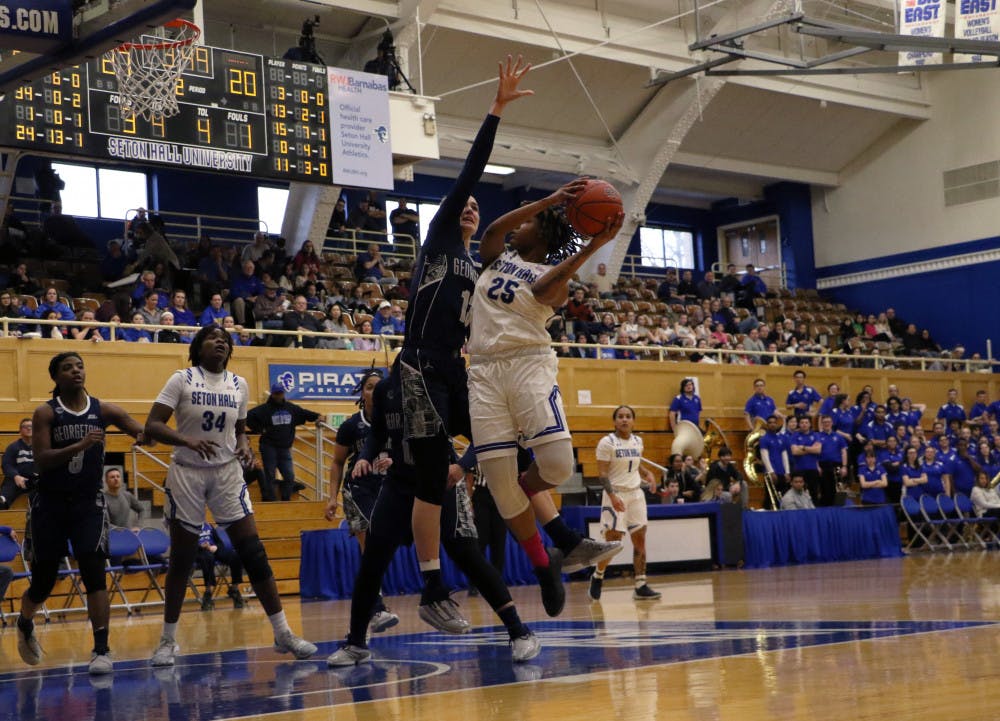The Department of Public Safety and Security has made improvements in distributing information to the University community to promote its public education program for safety awareness.
As part of the Code Blue emergency preparedness campaign, about 5,000 2 GB computer flash drives were given to students and faculty, according to Thomas Giordano of the Office of Emergency Management.
According to Giordano, the flash drives contain documents about basic emergency procedures, the Code Blue website, the emergency siren, PirateAlert, transportation services, reporting hazards and threats, emergency disability assistance, personal safety, crime prevention and hazard-specific situations.
According to Patrick Linfante, assistant vice president for Public Safety and Security, Code Blue information sheets that have been posted in academic buildings will soon be posted on the inside of every dorm room door. Public Safety is working with Housing and Residence Life in order to arrange a date for the signs to be given to residents of each room, he said.
"That is what this is all about, any way that we can encourage people to take a look at this information," Linfante said. "You don't realize how important it is until you're faced with an emergency and you really don't know what to do, and there's nothing more helpless."
Flash drives were distributed in December to freshmen in their University Life courses; to upperclassmen residents at their residence halls; to faculty, staff and commuters at the campus entrance gates; and to orientation attendees, according to Giordano.
"Students can use the flash drive in conjunction with their schoolwork, so they will always have the information," Linfante said.
Next year new flash drives will be distributed to new University community members, according to Giordano.
The flash drives and other Code Blue materials are funded through a $538,000 Emergency Management for Higher Education grant received from the United States Department of Education in July 2009, according to Giordano.
"As part of the grant stipulated, the information has to be distributed to members of our community," Linfante said.
Linfante said the effort to get more information out to freshmen was easier since they are more of a captive audience, but the initial frustration came with figuring out how to distribute to upperclassmen and employees.
According to Linfante, the Code Blue program was created as a result of the grant.
"Code Blue is the overarching term for the various projects under the public information campaign," Giordano said.
The Department of Public Safety & Security received the second largest grant out of the University departments, according to Linfante.
"The grant has enabled us to do a lot more than we could have done, and it has set us up for the future," Giordano said.
The University is required to continue these efforts after the grant is spent, Giordano said.
The grant is also being used to train more members of Seton Hall's Community Emergency Response Team, which includes about 160 members consisting of staff, students and community members who undergo 20 hours of training and take two classes per year, according to Giordano.
According to Linfante, CERT team members responded during the H1N1 breakout and Hurricane Irene.
As part of the public education program, Giordano has also worked to add interactive quizzes, modules, and games created to promote preparedness to the Code Blue website, www.blogs.shu.edu/codeblue.
A bi-annual test of the emergency siren and PirateAlert systems was conducted Wednesday at noon. According to Giordano, the alarm is designed to be heard outdoors and warn people to immediately seek shelter.
According to Linfante, in case of a real emergency situation, the Seton Hall website would be switched to an emergency page, and students are advised to seek shelter in a dorm, keep their phones on silent and watch for a PirateAlert.
"This information can help you make those decisions that can save your life," Linfante said.
Charlotte Lewis can be reached at charlotte.lewis@student.shu.edu.





